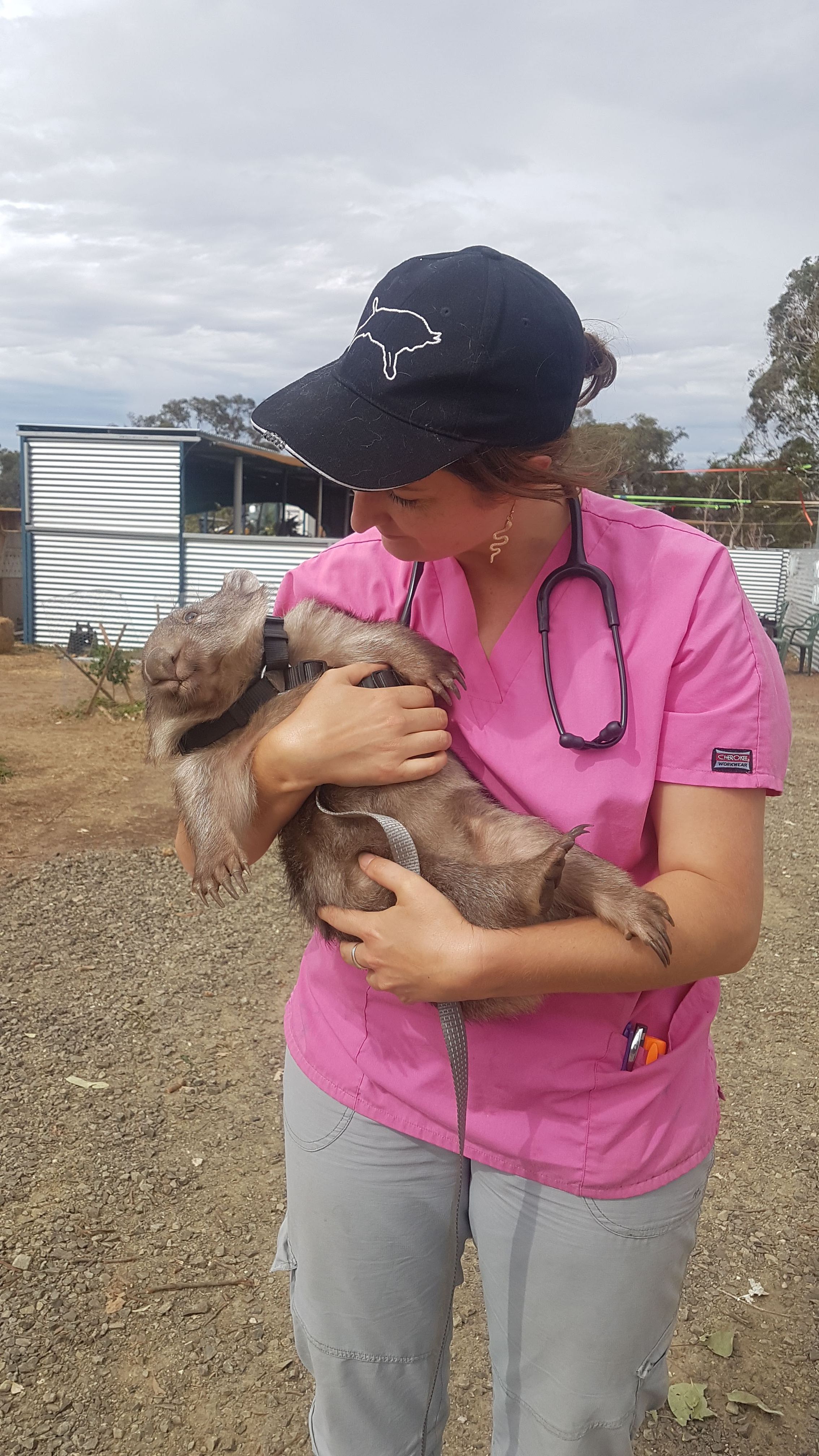The Australian bushfires during the 2019-2020 Southern Hemisphere summer were among the most devastating natural disasters on record. Fueled by dry, hot conditions and prolonged drought, the bushfires took a catastrophic toll on communities, livelihoods, livestock and Australia’s unique wildlife.
A total of 33 people lost their lives in the bushfires, nine of whom were firefighters, including three Americans killed when their water-bombing aircraft crashed. Data released by Australia’s National Council for Fire and Emergency Services in mid-March (toward the end of the bushfire season in southern and eastern Australia) confirmed that more than 17 million hectares had burned. In New South Wales alone, the large-scale loss of bushland and farmland devastated two World Heritage Sites, including more than 80% of the Greater Blue Mountains Area and 54% of the New South Wales components of the Gondwana Rainforests.
Recovering from unimaginable loss
Known for its rich biodiversity, Australia is home to more than 350 native mammal species. Chris Dickman, PhD, professor of terrestrial ecology at the University of Sydney, estimates that the bushfires killed more than one billion mammals (excluding bats), birds and reptiles, according to an article on the University of Sydney website. This figure does not include the potential impact on frogs, insects or other invertebrate species.
Researchers from Australia’s Threatened Species Recovery Hub, led by University of Queensland ecologist Elisa Bayraktarov, PhD, developed the Threatened Species Index in late 2018 to help people understand changing population trends across Australia’s threatened species. Dr. Bayraktarov explained that the index includes data on 17 threatened bird and mammal species at about 150 sites that may have been impacted by the recent bushfires.
“We are currently talking to the groups on the ground that are monitoring these sites to see how much they have been impacted,” Dr. Bayraktarov said in a Threatened Species Recovery Hub article, noting that the data added to the index from bushfire-affected sites will provide a better understanding of the fires’ overall impact on threatened populations and a tool to measure their recoveries.
Protecting the endangered Eastern bristlebird
In Victoria, the bushfires threatened the habitat of the endangered ground-dwelling and semi-flightless Eastern bristlebird. There are thought to be fewer than 180 of the birds living in an area near the town of Mallacoota. Seven have been returned to the area after being transported to Melbourne Zoo during the bushfires.
Katherine Selwood, PhD, Zoos Victoria’s senior threatened species biologist, explained the significance of this work in a Melbourne Zoo release. “It is such a relief. It’s been a huge couple of months," she said.
"It’s been really valuable in terms of learning about the species. We’ve dealt with challenges not previously encountered in the species, which has significantly progressed knowledge on their captive care and conservation. This included transporting them from the furthest point in Victoria that you can get from Melbourne Zoo, a long journey for a semi-flightless bird!”
Kangaroo Island (located off the coast of South Australia) was also hit particularly hard by the bushfires. Local veterinarians, together with interstate and overseas colleagues, worked long hours conducting field operations, searching for injured and burned wildlife, and providing appropriate treatment and rehabilitation for affected animals. Recovery efforts have since been somewhat overshadowed by COVID-19, with the introduction of regional travel restrictions and social distancing requirements.
Wrestling with deadly bushfires and a pandemic
Felicity Stoeckeler, BVSc (Hons), a practitioner at Kangaroo Island Veterinary Clinic who was on the front lines of the wildlife response, shared this update with dvm360: “The transition from bushfire response to coronavirus restrictions was almost seamless. The week we started social distancing was the same week the last adult animals we’d been caring for were released. This was fortunate timing, because the coronavirus risk meant our volunteer teams from around the country returned home at this time too,” she said.
Several koala and kangaroo joeys are still receiving veterinary care and will be released as they become strong enough, Dr. Stoeckeler said, adding that “one particular kangaroo joey has had a lengthy recovery process with burns to his feet, but he has continued to grow and thrive, and will be graduating to bare feet this month.”
Also in South Australia, Rachel Westcott, BSc, BVMS (Hons), PhD, coordinator of South Australian Veterinary Emergency Management (SAVEM) who worked on the 25,000-hectare Cudlee Creek bushfire in the Adelaide Hills, said the bushfires brought both significant lows and major highs.
“The speed and intensity of the [Cudlee Creek] fire were ferocious—but then there was Kangaroo Island, a whole order of magnitude greater at 200,000 hectares burned over about 20 days. The burned landscape there looked apocalyptic. The animal losses and injuries we witnessed were horrific and really tested the SAVEM teams’ psychological resilience,” Dr. Westcott told dvm360.
But there were many highs to counter the low points, she added, such as finding an animal that had miraculously survived unscathed, hearing a frog in a burned-out creek after rain, seeing thousands of seeds burst open by the fire's heat germinating en masse and hearing birdsong return to the fireground. “Every fire is different. Every fire teaches us new lessons. Every fire presents an opportunity for improvement,” Dr. Westcott said.
What’s next?
So far, the Australian federal government has committed AUD $200 million (roughly $138 million USD) to helping native wildlife and their habitats recover from the devastating bushfires. The funding will target on-ground activities across bushfire-affected regions and heritage sites to prevent extinction and limit the decline of native species. It will also help communities and land managers roll out crucial recovery projects, update conservation plans for threatened species and track recovery efforts.
Dr. Phil Tucak is an Australian veterinarian, communications manager and veterinary journalist. As the Wildlife Outreach Vet, he works to share the conversation about conservation.



